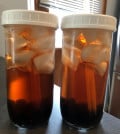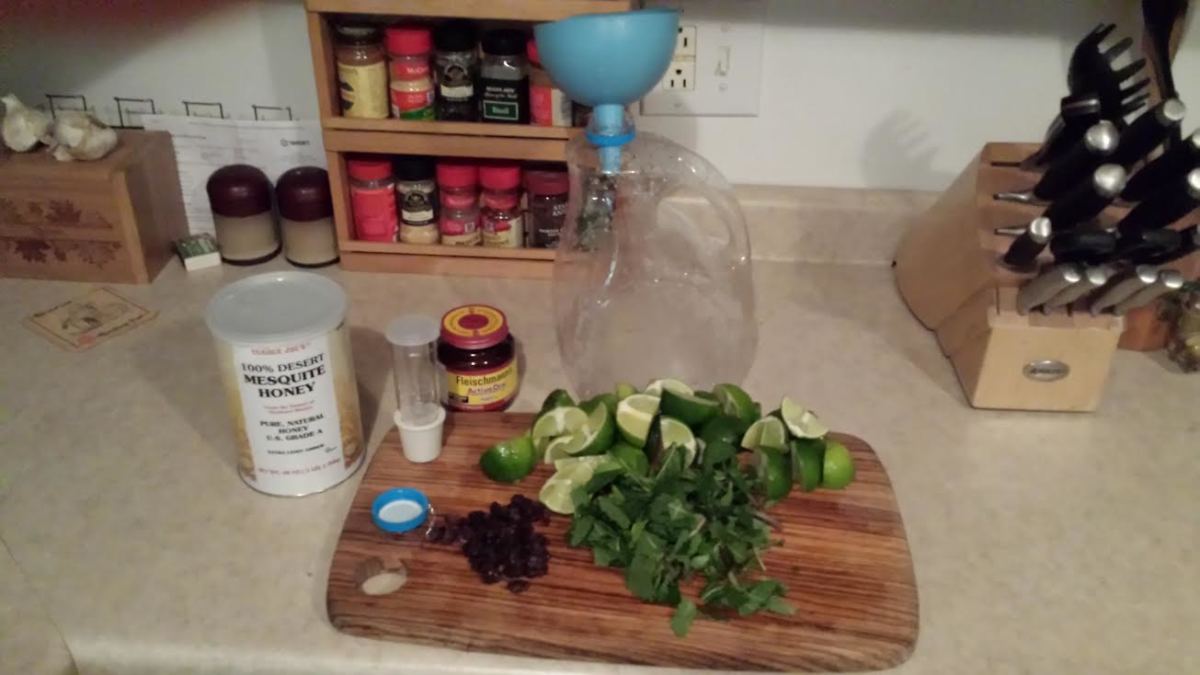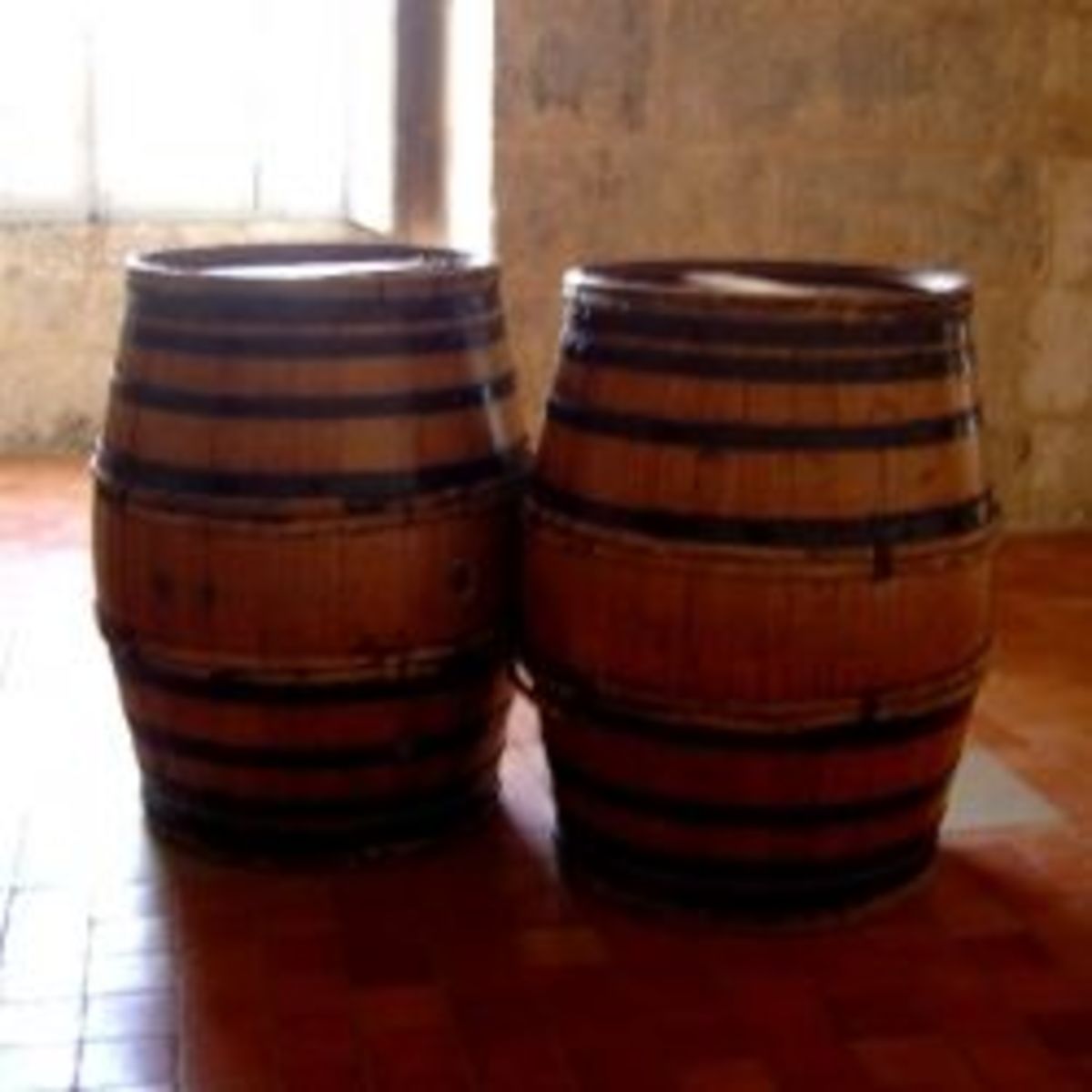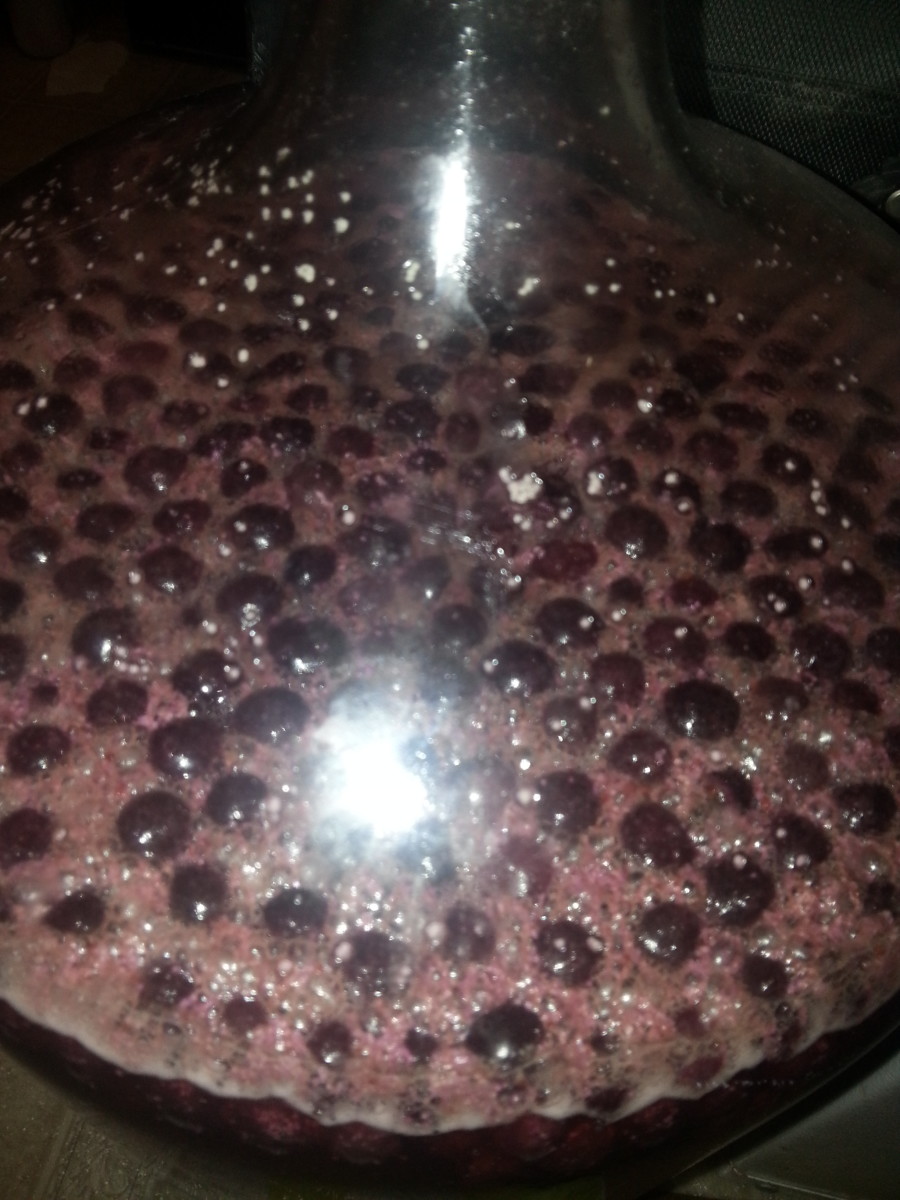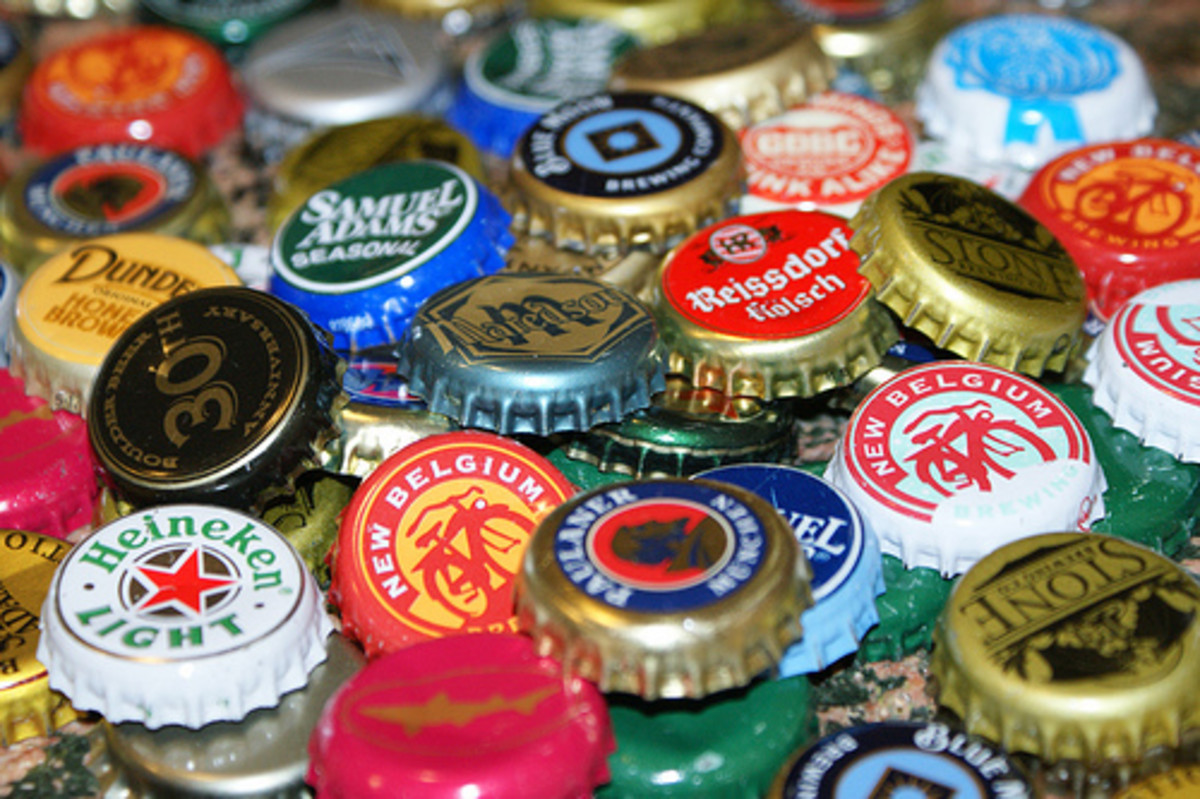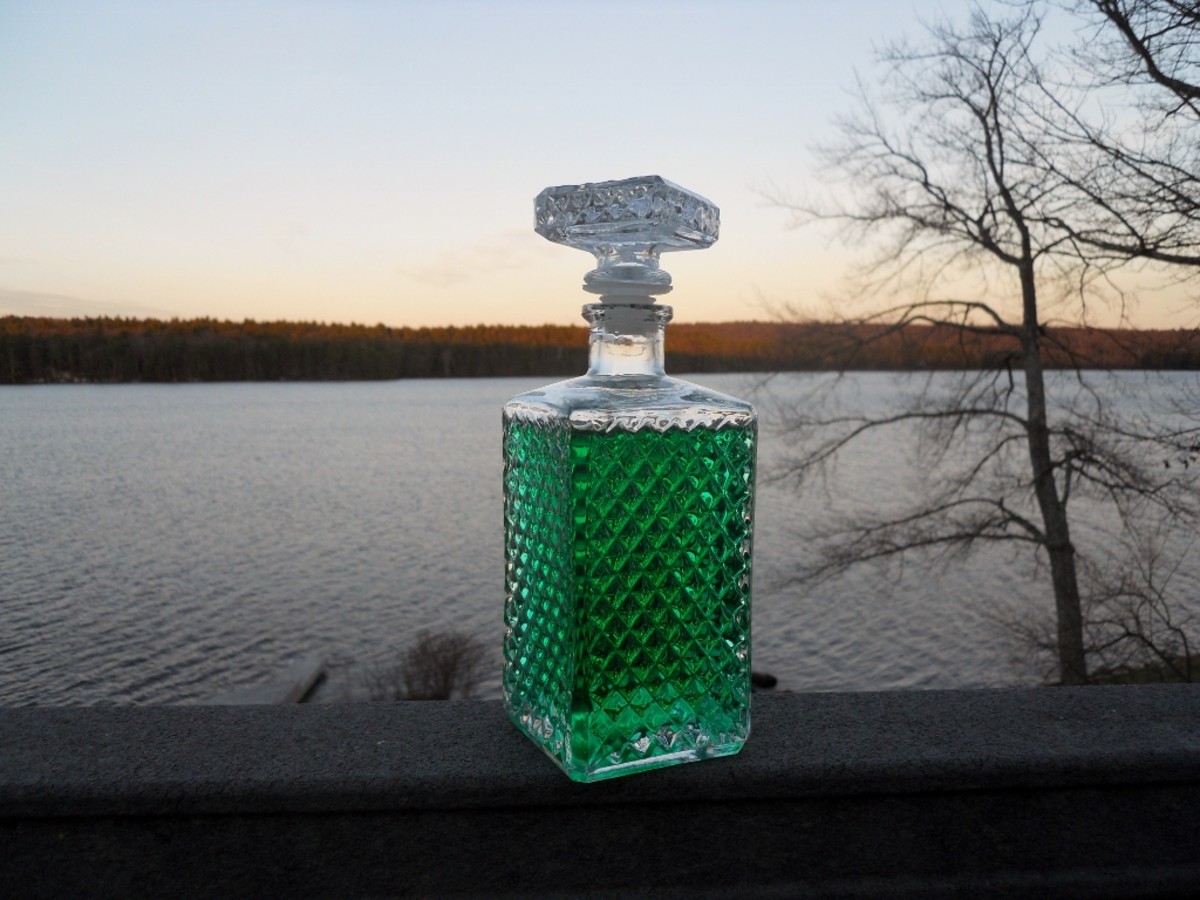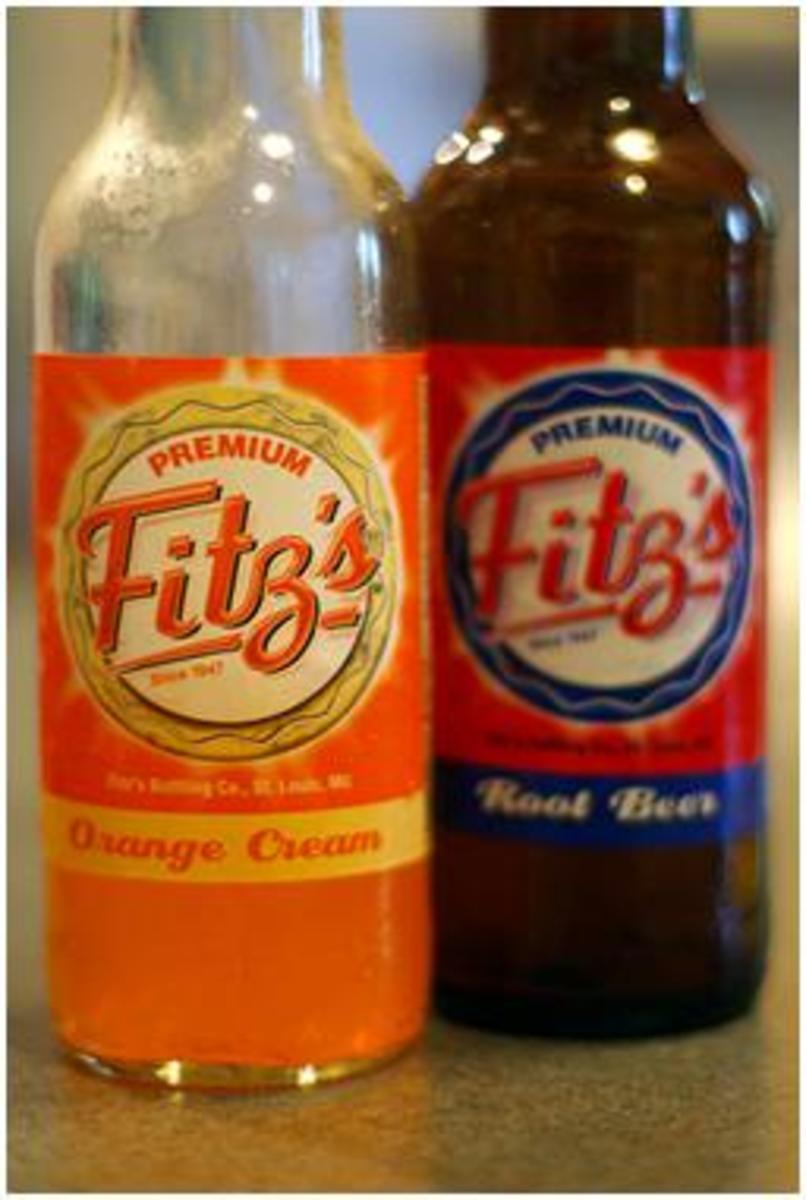Mead and The History of Alcohol
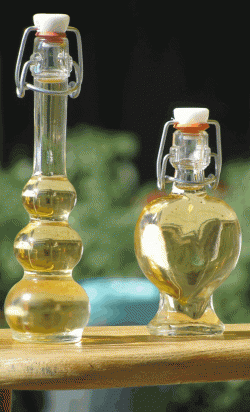
Which Came First?
Which alcohol do you think came first?
The History of Alcohol
Man has been making Alcohol since before recorded history. Know one know when alcohol was first discovered, or how long man has been drinking alcohol, but there is reason to believe mead, or honey wine, could have been the first alcoholic beverage to be tasted by mankind.
Vikings belied that Mead was the source of all poetry, it it was created from the blood of a man created by the spit of the gods. When the gods ended their war with each other they spat into a vat to seal the peace pact, their spit turned into a man named Kavasir who was infinitely wise. Kavasir was killed by the Dwarves who turned his blood into mead. The Dwarves lost the mead to Stuttungr as payment for killing his giant parents. Oden tricked Stuttungr out of some mead and fled in the form of an eagle, on the way back to the home of the gods Oden spilled some mead and that's how man discovered mead.
You may be asking yourself, what is mead? If you are check out this article on a little background of what mead is. But essentially you get mead from honey in a similar way that you make wine from grape juice.
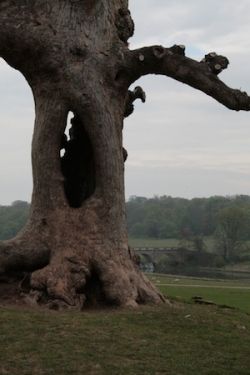
Reading Material
Mead or Wine
Which Came First?
Mead is an ancient beverage that has enjoyed varying degrees of popularity. No one really knows how long man has been making mead, and while it is common knowledge that wine has been around for thousands of years, what is often glossed over is that mead has been around just as long. Amongst mazers and vinters there is a long standing unresolved (unresolvable) debate about which came first, wine or mead. Personally I think they both probably developed at about the same time.
Beer brewers also like to get in on the fray once in a while claiming beer is the earliest of beverages. This I think is unlikely. While beer is ancient, and we know that they were making beer long before recorded history begins, I think it is likely that beer was developed at a much later stage in human history.
Both mead and wine are ridiculously simple to make and are closely related. Wine requires simply fruit juice (usually grapes), and yeast. Mead requires water honey and yeast. Both could easily be discovered by pure accident. Early man leaves some fruit in a hollowed rock in his cave and promptly forgets about it, or he puts some honey in said hollowed rock and some water gets in and he promptly forgets about it. Several months later food or water supply is low and the early man discovers the forgotten mess and discovers that something new has developed, mead from honey. It would probably smell off to early man, but a desperate person would try it rather than die. After drinking much of it the caveman would have discovered the more infamous qualities of alcohol and probably quite enjoyed them.
The reason this could not happen as easily with beer as it would have with wine and mead is simply that beer requires additional processing. Beer is simply processed grains, water and yeast, not all that much more complicated then either mead or wine, however the processing of the grains is the trick. I believe that beer would most likely have been developed at the same time that agriculture was taking off. As the early farmer began growing grains it would have been easier to see some processed grains being left to get wet and forgotten about in order for beer to ferment naturally.
The one advantage mead has over wine in this debate is never in history has there ever been found naturally occurring wine, mead on the other had, surprisingly enough, has. In Africa there are records of tribes that gather this mead at the end of the rainy season every year. What happens is bees use hollow trees to nest during the dry season, but are chased away by the rains of the rainy season, the rainwater gathers in the hollow trees and mixes with the remaining honey in the combs and after a time mead is the result, naturally produced without any help from mankind. With this in mind it is plausible that mead was discovered prior to wine just on the fact that it required nothing but someone drinking out of a hollow tree that had once been used as a beehive.
Now you may be asking yourself if it is so simple why don't more people make beer wine from fruit juices and mead from honey at home? Well that is a good question, my answer to that would be, yes why aren't you making a batch right now? To be honest though its not that simple, as history progressed making alcoholic beverages became more complex and refined. Wild yeasts are unpredictable, refined cultured yeasts work much better. In the end though really making beer wine or mead really is simple, and I think everyone who enjoys these beverages should at least attempt it once.

The Fall of Mead
During the Medieval times in what is now known as Britain, mead was the drink of choice. The scarcity of grapes made mead the perfect alternative. Honey was readily available and making mead was a simple process so mead grew in popularity fast and mead flowed like water. However the very thing which guaranteed its popularity initially doomed it to failure.
The scarcity of wine made it the ideal way for nobility to show off wealth, and so mead began to fade from royal court and from the homes of the nobility, but the commoners kept mead flowing and the demand for mead, although fading as the drink of kings grew more popular as the drink of the common man. Even this was fleeting however, and mead would suffer another loss, this time brought on by the most unlikely of sources, the reformation.
The new Church of England didn't have anything against mead particularly, they never banned it nor really tried to stop people from imbibing any more than any other alcohol, but non the less the reformation (I believe) was possibly the single most devastating factor to the mead industry in England, all for the want of light. The Catholic faith required lighting candles for all sorts of reasons at all sorts of times, so the demand for candles was high, and it is the candle makers we look to.
The process of producing a candle is relatively simple, take some honeycombs that have been drained of honey and toss them in a pot of water and allow them to boil until fully melted. Take the pot off the water and allow to cool. Once cooled the wax will float to the top of the water and harden, in the end the pot will have a nice hard sell of wax over the water. Simply chip this pure wax out melt it down and make your candle. It's the waste that is more interesting, the water. You see no mater how well you drain a honeycomb of honey there will still be residual honey in the wax itself, this honey is melted out with the process of making the wax, however it remains in the water and not in the wax, as such the waste water from the process of creating wax is honeyed water. Repeat enough times and the water has a sufficient honey content to produce half decent mead. Throw some yeast in the pot and shortly you have cheap mead available to sell using nothing but the waste product from your primary industry.
With the reformation the demand for candles dropped drastically, as such the number of candle makers also dwindled, as did the supply of cheap mead. Sure the remaining candle makers continued to produce mead on the side, but since it was no longer as readily available prices rose and eventually mead's status as the drink of the common man was replaced by ale and mead began to fade to ambiguity.
Since then mead has faded in and out of popularity over the ages. It never again rose to the heights it saw pre-reformation, but its popularity is again on the rise.
More Info
Links to more info about mead
- The Mead Hall
A great resource for all things mead. - Wiki Article about mead
The wikipedia article regarding mead. - Got Mead!
Another resource for mead.
© 2012 Jeff Johnston



